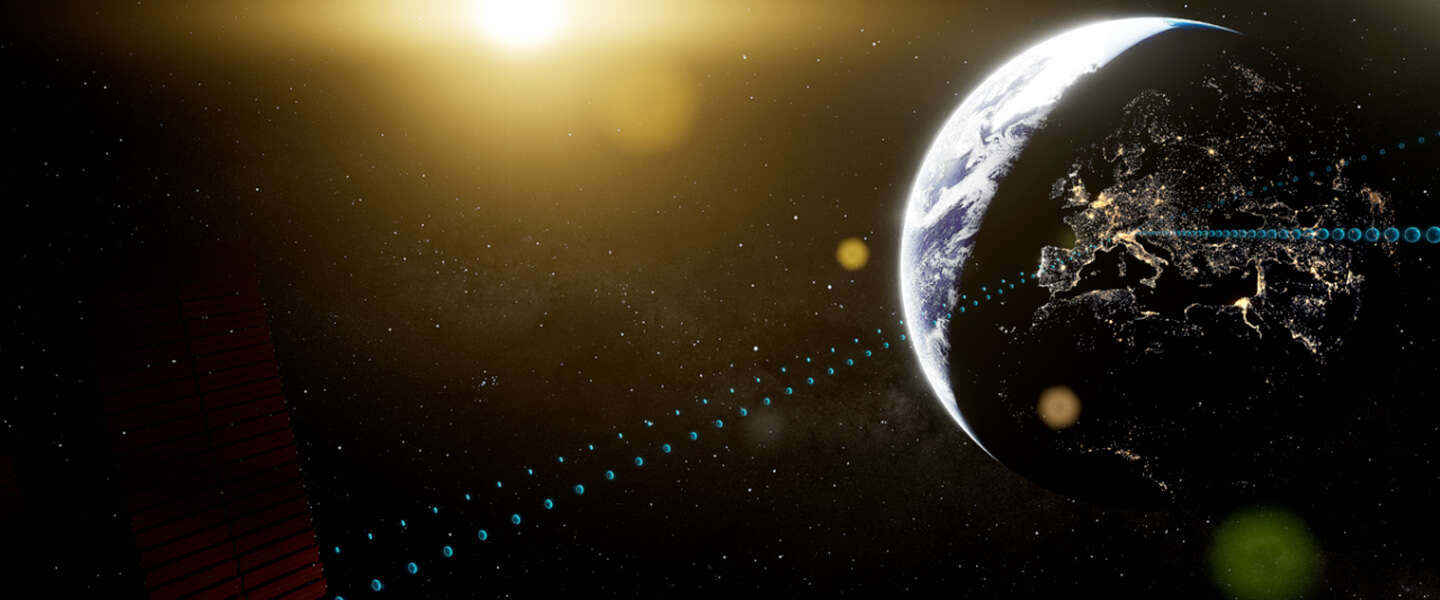
The European aviation organization ESA has a new, ambitious plan. It is called project Solaris and it means that electricity is supplied to Earth from space by means of satellites. This is completely green electricity.
ESA Solaris
ESA’s plan is to Solaris prepare for a possible decision in 2025 on a full solar energy development program from space. In this way we could get clean energy from space in a good way. ESA writes: “Through a limited initial investment, we will conduct studies and technological developments in partnership with European industry to verify technical feasibility and assess the benefits, implementation possibilities, commercial opportunities and risks of solar energy from space as a contribution to the decarbonisation of the energy supply on earth.”
In doing so, Europe pledges to take into account the environment, health and safety, in addition, of course, to the regulations and space policies that we have on Earth. The ultimate goal is to ensure that Europe is at the forefront of the race for good clean energy solutions against global warming. It wants this not only to congratulate itself, but also because it sees that the cost of fossil energy has skyrocketed due to the war in Ukraine, which makes a new, green way of generating energy even more urgent.
Solar panels
The plan is as follows: solar panels will be placed in space (in the form of satellites) and they will then be able to receive sunlight 24 hours a day. That should be a very reliable and stable system, according to ESA. The energy is not only collected, but thanks to these satellites it is also beamed wirelessly to earth. This is of course not possible with the current satellites that are in the air: new satellites will be placed in orbit around the earth for this purpose. That is a pity, because installing it is not sustainable at all. That will mean several launches that emit a huge amount of CO2.
On the other hand, ESA has of course promised to take all kinds of things into account, so it will undoubtedly be thought of as well. Moreover, it is still a fairly wild plan: it will take the next 2.5 years to properly investigate what is possible and how feasible that is. It is taking the same route as NASA has been doing in recent years. Do not invent the wheel yourself, but involve the business community, which generally also contributes money to these types of projects, in addition to innovations and inventions, of course. Companies such as Engie and Enel, among others, are involved. As far as we know, no Dutch companies or universities are participating, but they may be involved later.
A new space race
The research has yet to start and that means that it is not even clear at the moment whether the entire plan is feasible at all. However, investing in research is already a step forward. From developing the satellites to installing them, from capturing sunlight to supplying crucial energy: it’s a huge project, but the stakes are high. For the supply of power, radio frequency radiation, for example, but also lasers or sunlight reflection are being looked at.
Many other countries are now also working on this possible form of energy generation and supply, so the question is whether it is smart to do it all separately, or to maintain a more corona-like way of working and to share knowledge. On the other hand, everything that has to do with space always ends up in a space race, so that will undoubtedly be the case here as well. As long as it turns out to be a race in which we are all winners.




